ESG Integration in 2025: How Sustainable Investing Became Core Strategy
Ethical investing used to mean choosing clean companies or avoiding tobacco stocks. Not anymore. By 2025, ESG integration has emerged as a strategic imperative—not just a nice-to-have filter—for investors aiming to build resilient, all-weather portfolios.
This blog explores why ESG is no longer optional, how it’s being embedded into investment models, and how you can incorporate it into your own approach—without sacrificing returns.
Why ESG Matters More Than Ever
Strict exclusion of bad companies was only step one. Today, ESG has evolved into a full framework shaping asset allocation, risk modeling, and performance assessment.
Here’s what makes ESG indispensable:
Regulatory mandates worldwide now demand climate disclosures.
Institutional investors and large pension funds use ESG scoring as a decision filter.
Tech innovation is accelerating climate data modeling—impact is measurable in real-time.
Consumer preferences favor responsible brands, pushing valuations upward for ESG leaders.
In 2025, ignoring ESG isn’t just ethically questionable—it’s financially unwise.
📊 ESG Factors Fueling All-Weather Portfolios
An “all-weather” portfolio is designed to perform across different economic climates: inflation, recession, expansion, or deflation. ESG factors now play a core role in tuning these portfolios.
Governance metrics reduce exposure to opaque or risky corporate practices.
Social factors like labor practices and supply-chain responsibility prevent reputational and operational shocks.
Environmental factors—like carbon footprint or water usage—shape long-term viability and risk exposure.
Studies show ESG-compliant portfolios often exhibit lower drawdowns and more stable performance—especially during turbulent periods.
🌍 Embedding Climate Risk Modeling into Strategies
Black swan events and climate-related shocks—floods, regulatory changes, or supply disruption—carry investment risk. The solution? Quantitative climate risk modeling.
Funds now use temperature, emissions, and storm data to run scenario analysis on securities.
Carbon-transition risk influences valuations of heavy emitters, resource companies, and high-energy consumers.
When integrated into systematic strategies, this modeling helps to rebalance portfolios before crisis-level risk materializes.
In short, combining climate data with finance is becoming standard—not optional.
💼 The Rise of Sustainable Asset Allocation
By 2025, ESG isn’t just a filter applied to stocks—it’s a driver of entire asset allocation decisions.
Investors increasingly allocate capital to renewable infrastructure, green bonds, and sustainable real estate.
They evaluate risk-adjusted returns through an ESG score overlay.
Self-directed tools and digital platforms now offer pre-built sustainable portfolios—making ESG adoption seamless for new investors.
This shift toward holistic ESG allocation is reshaping not just what assets get chosen, but why.
📏 Impact Measurement as a Portfolio Metric
Toward deeper alignment, investors now assess not only financial returns but measurable ESG outcomes.
Tools now measure metric-based impact: carbon reduced, lives improved, trees planted, etc.
Fund labels like “100% carbon neutral” or “community impact-driven” give clarity beyond returns alone.
ESG scorecards are now built into tracking platforms and decision dashboards.
Ultimately, measuring impact reinforces trust, accountability, and transformational investing.
📊 How YourPaathshaala Helps You Master ESG Integration
Want to turn ESG integration into actionable strategy? At YourPaathshaala, you’ll learn:
How to interpret ESG scores across equity, bond, and commodity assets.
How to use climate risk scoring models within portfolio construction.
How to create balanced ESG allocations including green bonds, clean energy ETFs, and sustainable stocks.
How to track impact metrics and performance with accountability.
With live workshops and simulation-based training, our approach is practical, simple, and data-driven.
🧠 Common Obstacles & How to Overcome Them
- Data Overload – Don’t stress. We teach how to focus on core metrics relevant to asset classes and investment goals.
- Greenwashing – Get clarity on truly ESG-aligned investments. We show you how to read prospectuses, vet managers, and spot misleading claims.
- Return Trade-offs – ESG doesn’t mean sacrificing performance. We teach how to blend ESG mandates with growth, value, and risk objectives.
✅ Why ESG Integration 2025 Should Be Your Focus
By now, ESG has graduated from optional filter to strategic backbone for modern investing. Forward-thinking investors use it not just to avoid reputational risk, but to optimize performance, resilience, and impact outcomes.
If you’re ready to align your portfolio with both financial and ethical goals, there’s no better time than 2025—when ESG integration moves from trend to textbook strategy.
Visit YourPaathshaala
Near Anjali Children Hospital, Tagore Nagar, Mathpurena, Raipur
PIN Code: 492001, Chhattisgarh Click the Call Now to start learning how financial systems really work! To check out the full article click here!


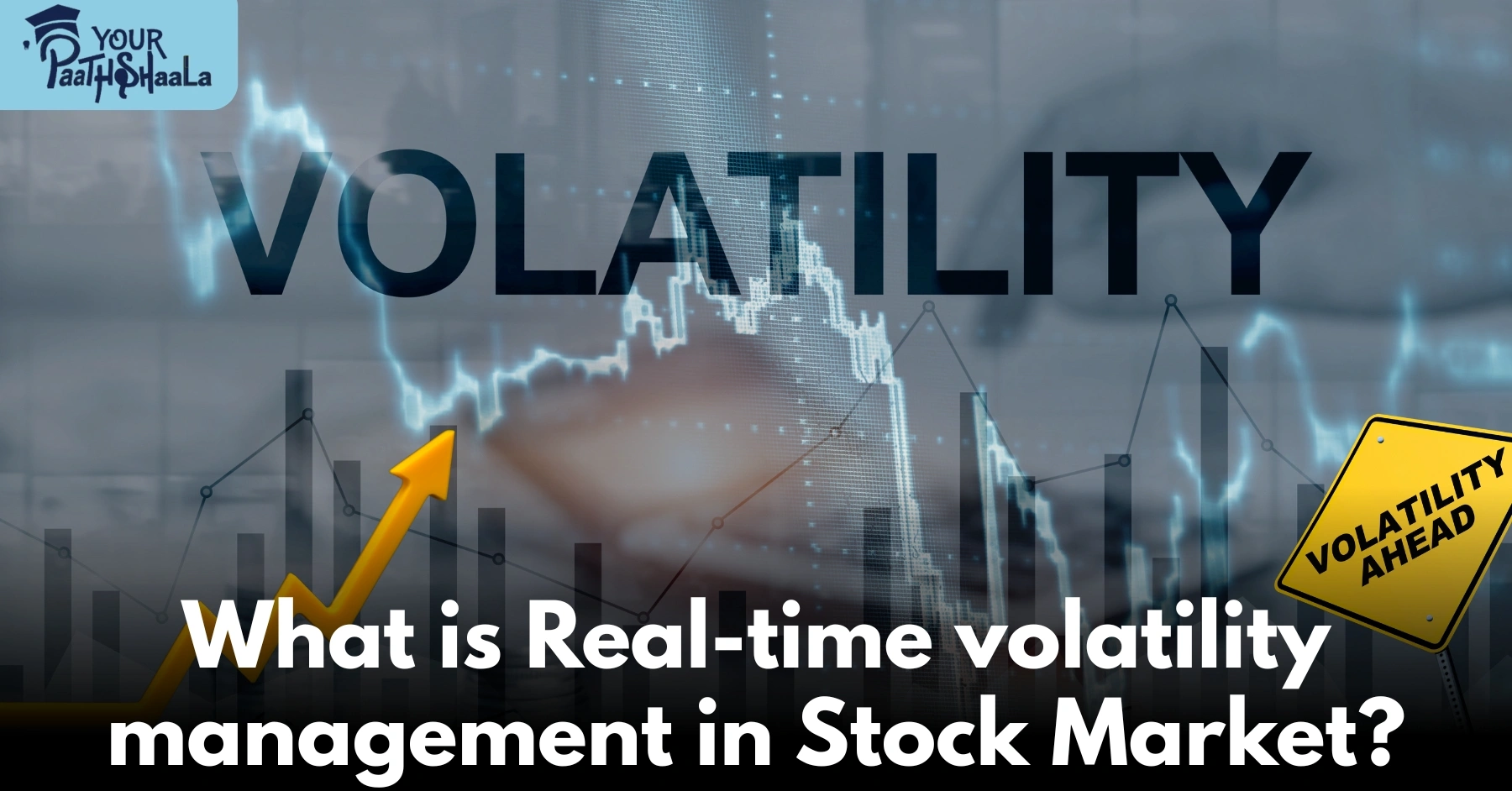

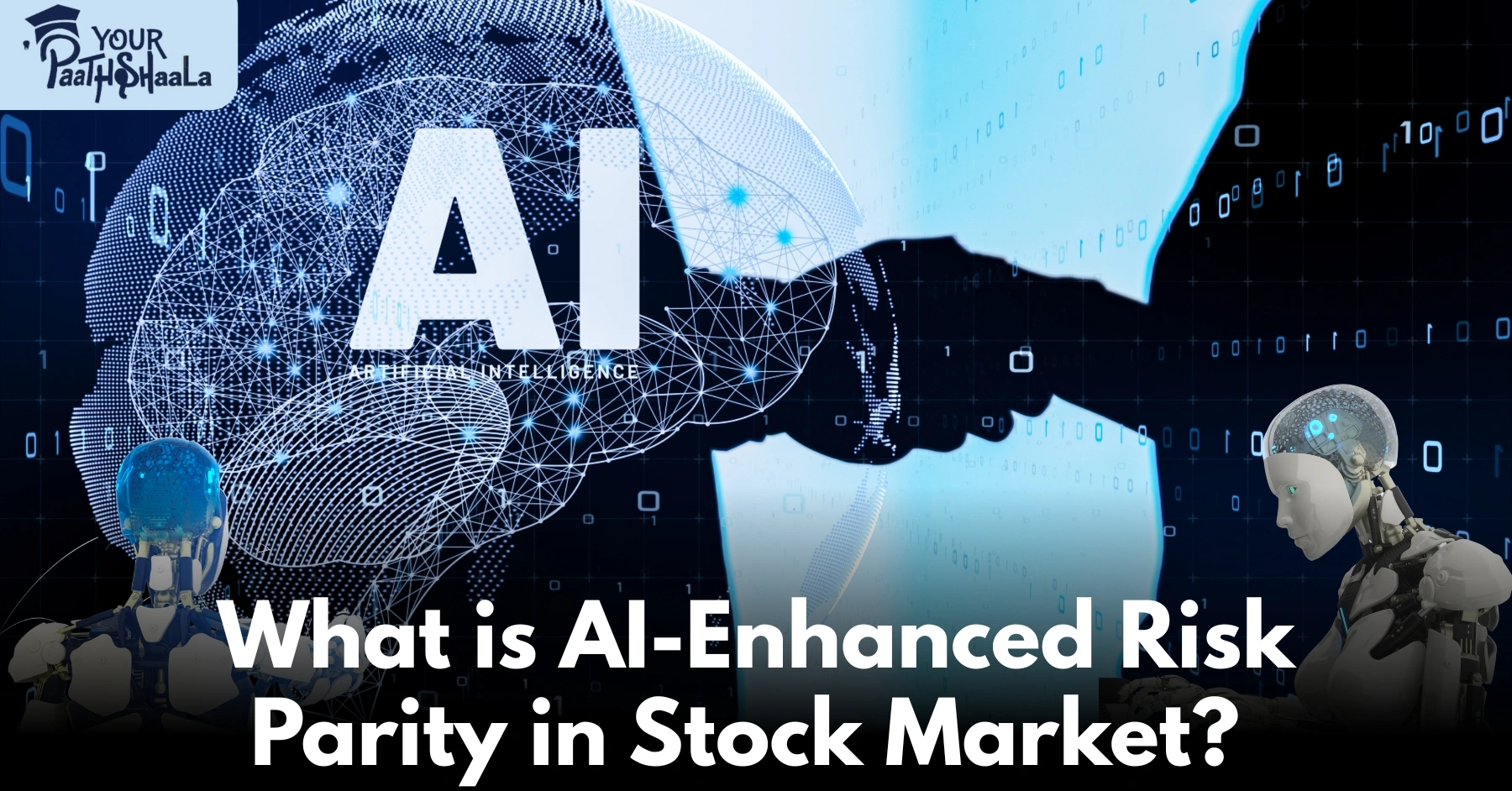
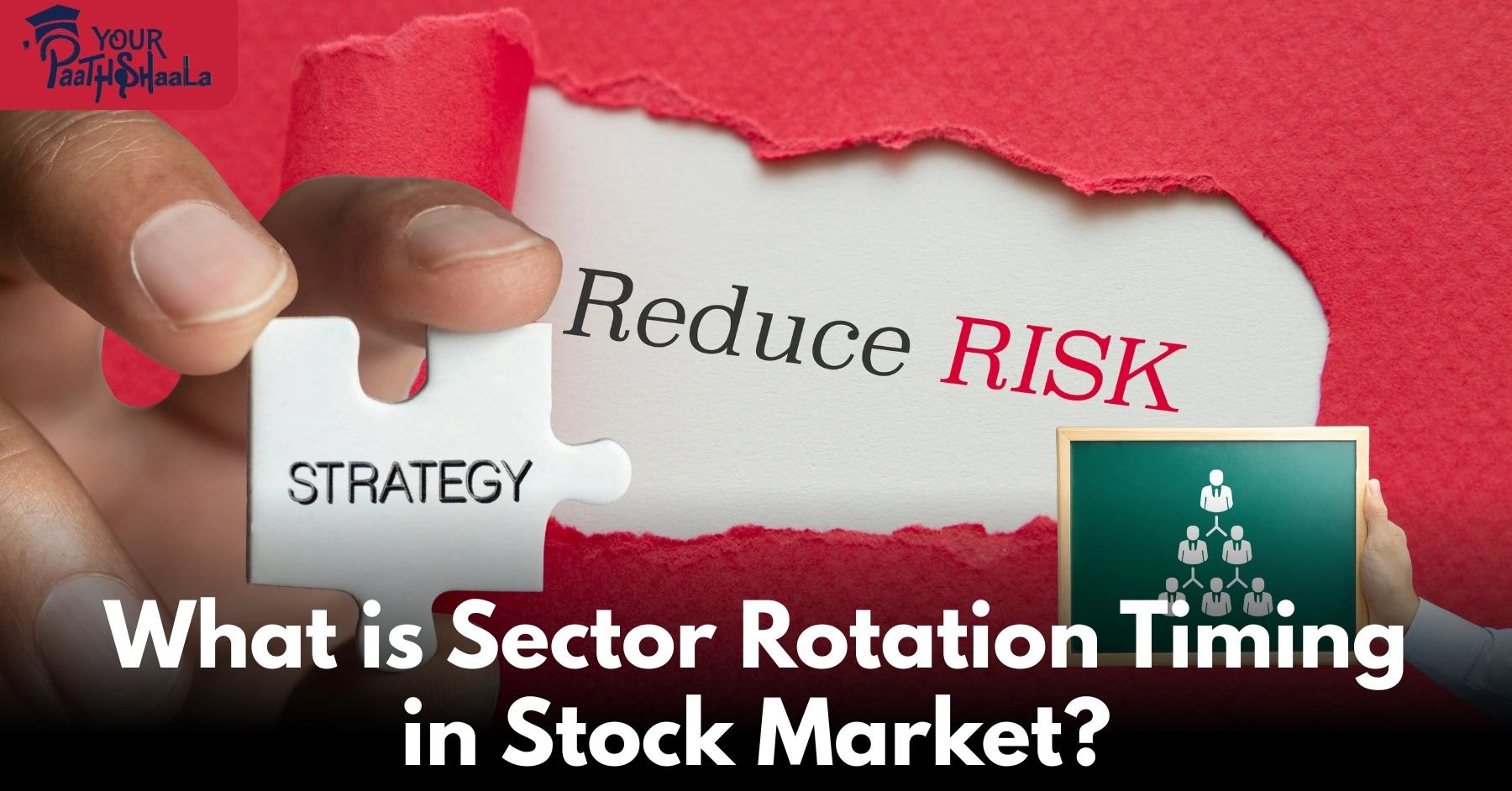
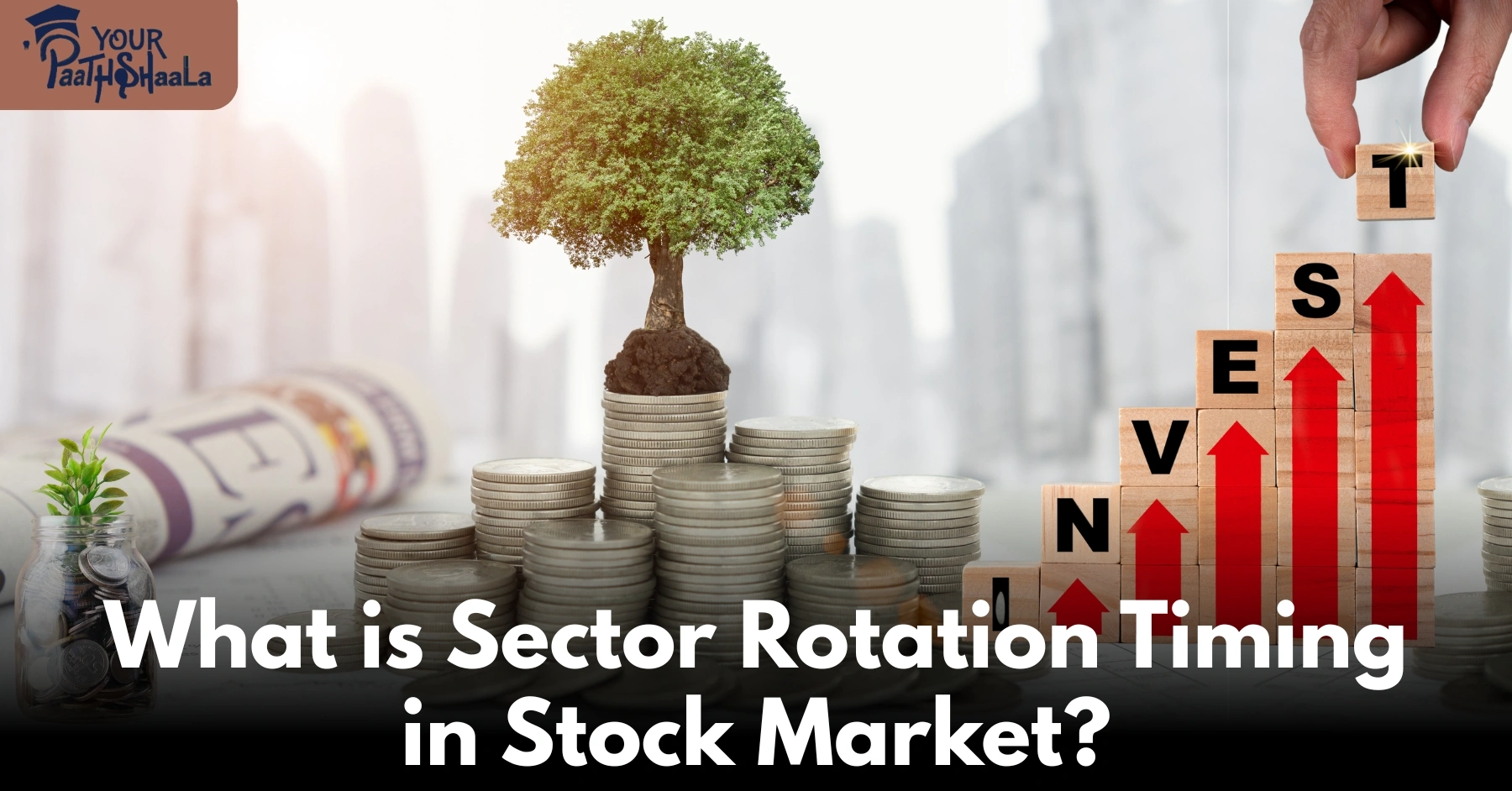
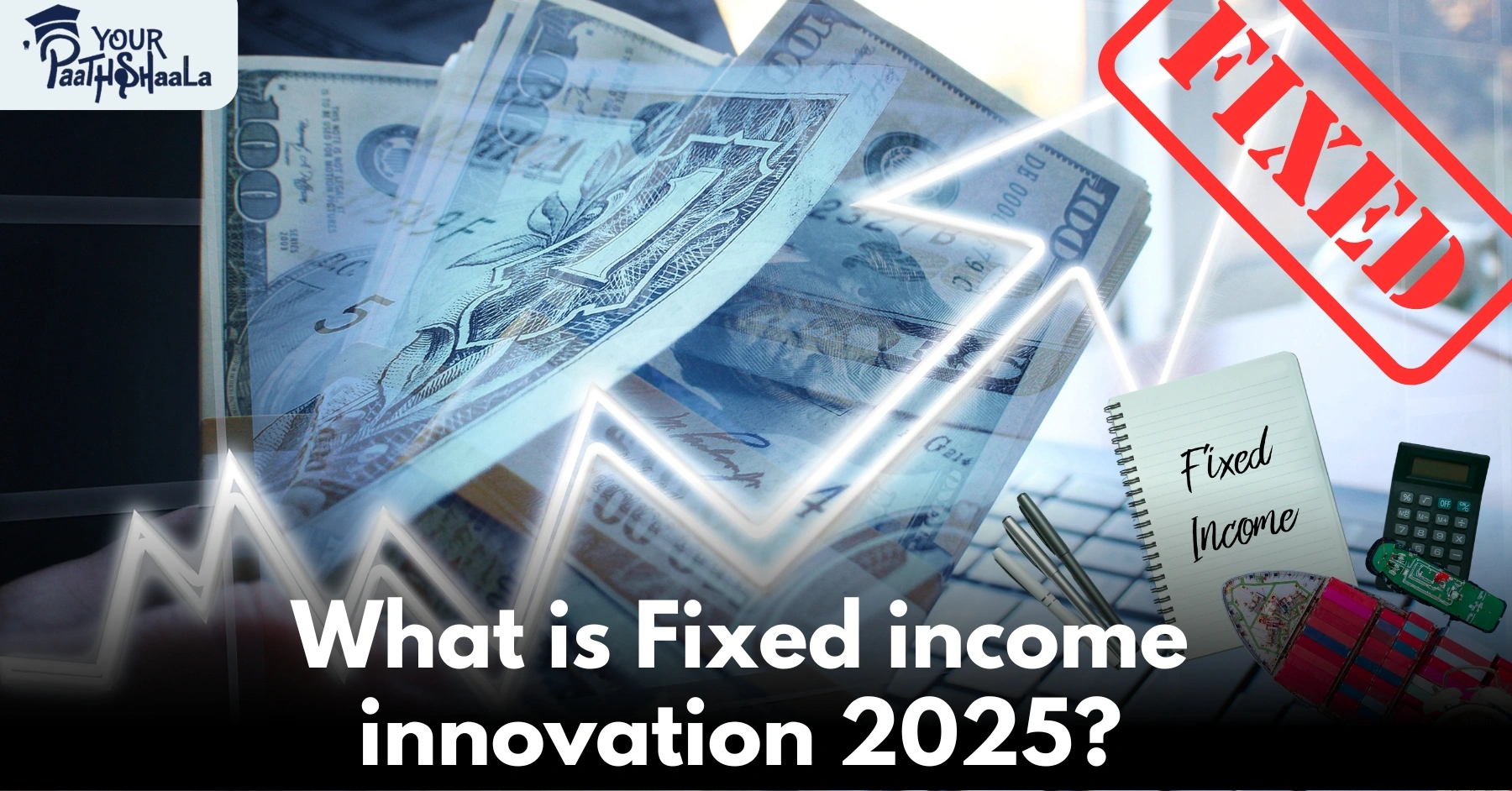





Add a Comment